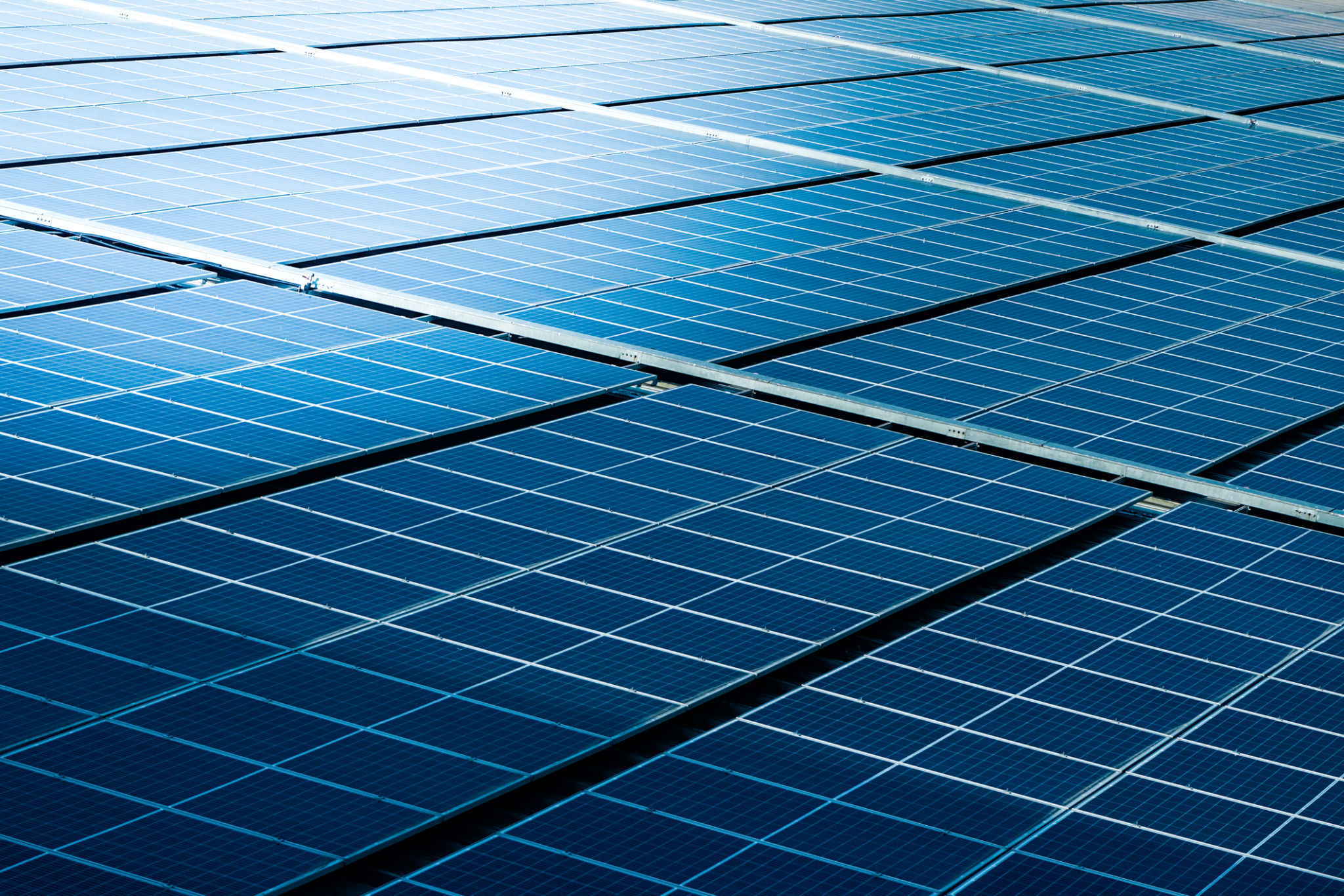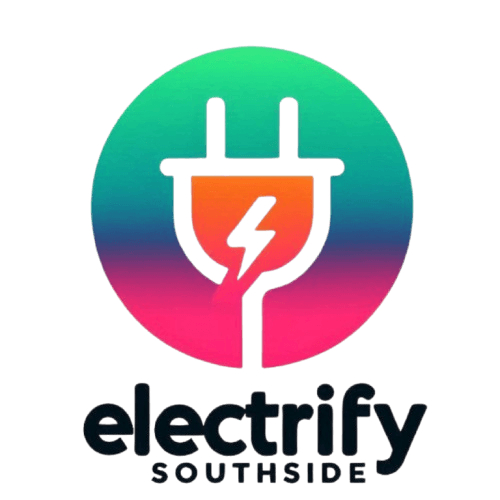Victoria's Community Electrification Efforts: A Pathway to a Greener Future
As the world shifts towards sustainable energy solutions, Victoria is leading the charge with its community electrification efforts. These initiatives are not only reducing carbon footprints but also paving the way for a greener, more sustainable future. Through innovative projects and community engagement, Victoria is transforming its energy landscape.

Harnessing Renewable Energy
One of the core components of Victoria's electrification strategy is the extensive use of renewable energy sources. By harnessing solar, wind, and hydroelectric power, the region significantly reduces its reliance on fossil fuels. The integration of these clean energy sources is a testament to Victoria's commitment to environmental stewardship.
The installation of solar panels across residential and commercial properties is a notable example. This not only provides a sustainable energy source but also empowers individuals and businesses to contribute to the community's green goals.
Community Involvement and Education
Community involvement plays a crucial role in the success of Victoria's electrification projects. Local governments and organizations actively engage residents through educational programs, workshops, and incentives. These initiatives help raise awareness about the benefits of renewable energy and encourage community participation.

By fostering a culture of sustainability, Victoria ensures that its citizens are well-informed and motivated to embrace eco-friendly practices. This collective effort is essential for the long-term success of electrification initiatives.
Innovative Technologies and Infrastructure
Victoria is also investing in innovative technologies to support its electrification goals. The development of smart grids and energy storage solutions is enhancing the efficiency and reliability of the power supply. These advancements are critical in managing energy demand and ensuring a stable transition to renewable sources.
Moreover, the implementation of electric vehicle (EV) charging stations across the region is encouraging the adoption of EVs. This not only reduces greenhouse gas emissions but also supports the local economy by creating new job opportunities in the green technology sector.

Challenges and Future Prospects
While Victoria's electrification efforts are commendable, they are not without challenges. The initial costs of infrastructure development and technology implementation can be significant. However, the long-term benefits—such as reduced energy costs and environmental impacts—make these investments worthwhile.
Looking ahead, Victoria aims to expand its electrification projects and continue innovating in the renewable energy sector. By maintaining a strong focus on sustainability and community engagement, Victoria is setting a benchmark for other regions to follow.
In conclusion, Victoria's community electrification efforts are a shining example of how local initiatives can drive meaningful change. Through the commitment to renewable energy, innovation, and community involvement, Victoria is on a promising path to a greener future.
